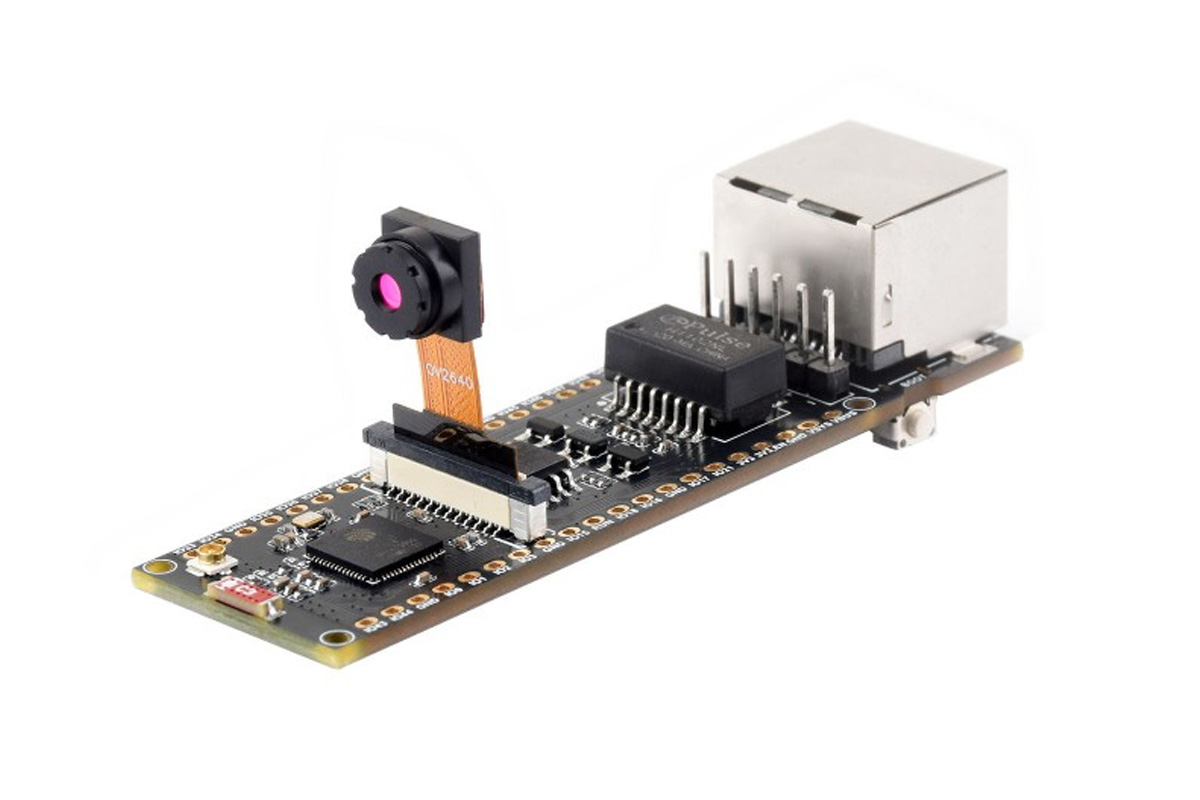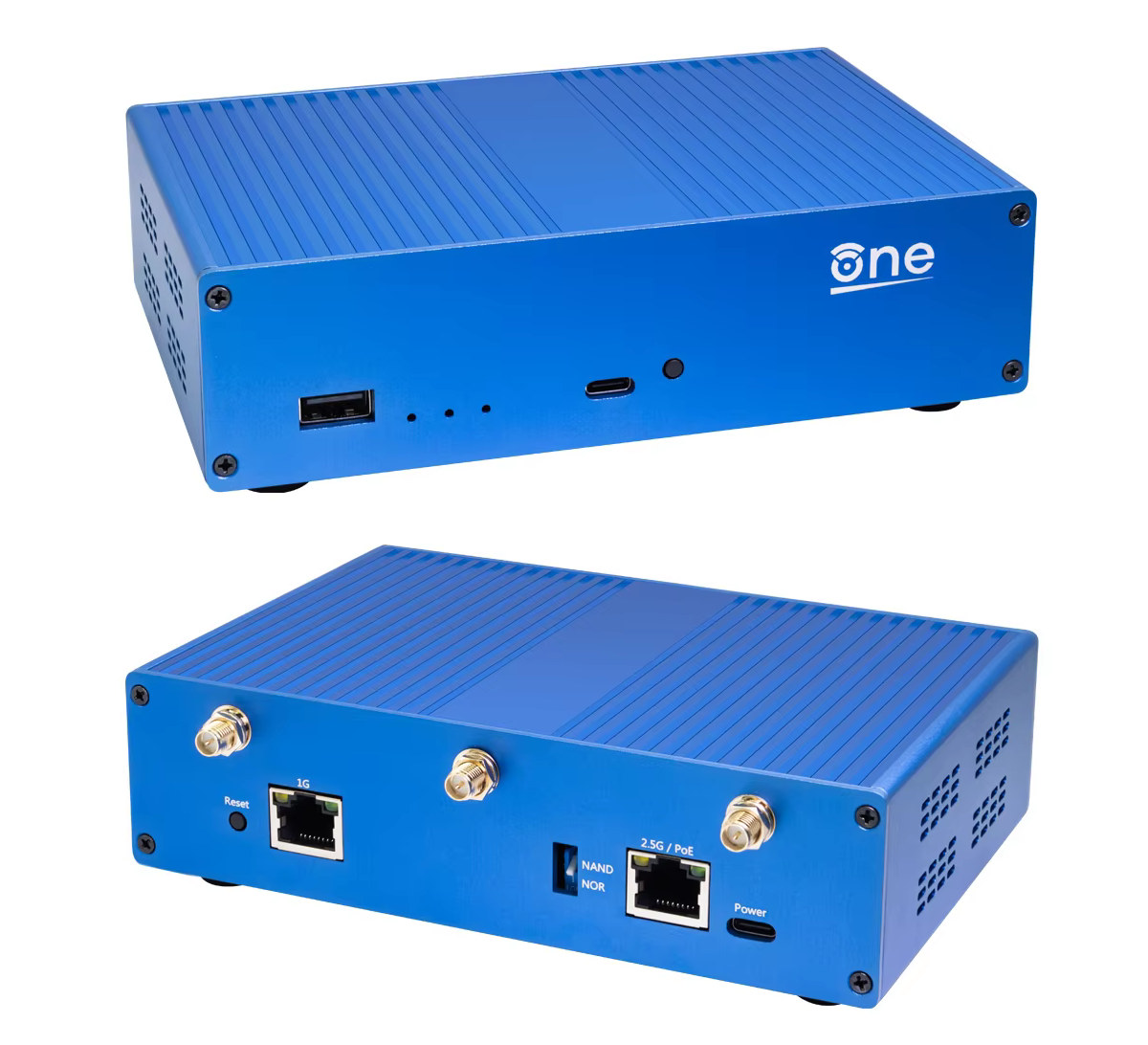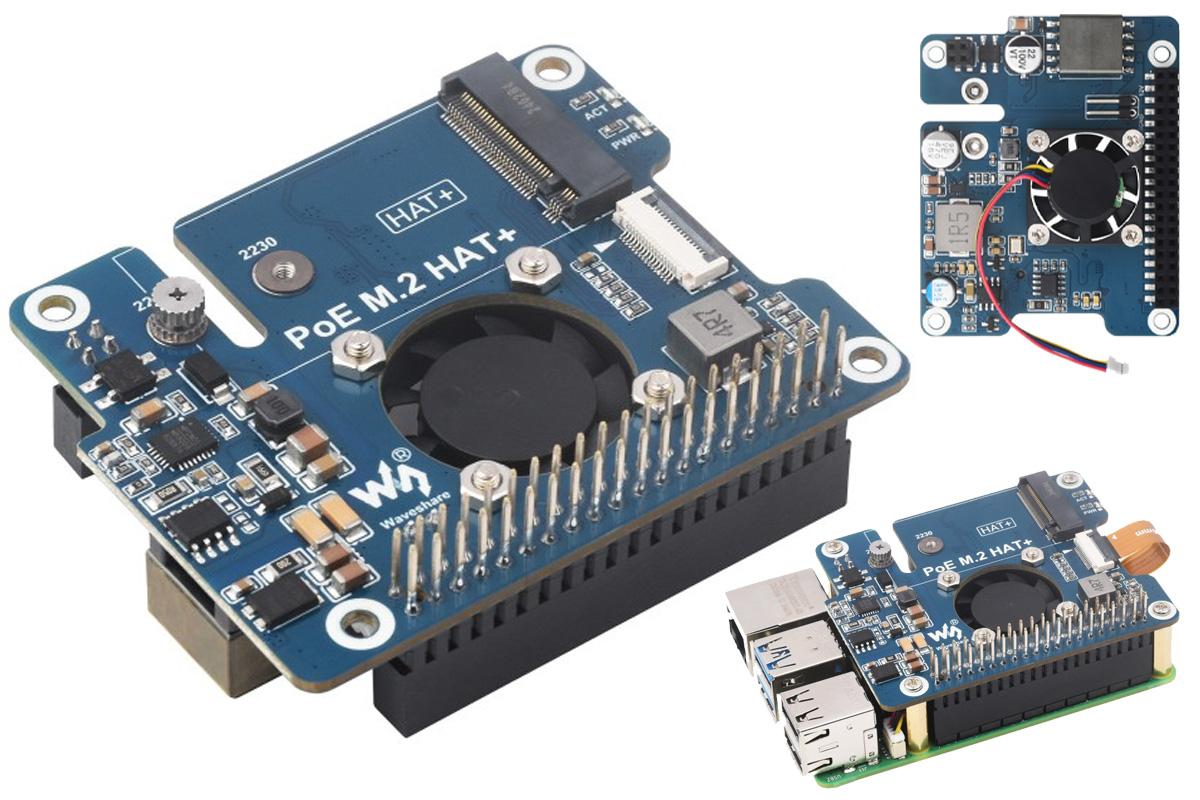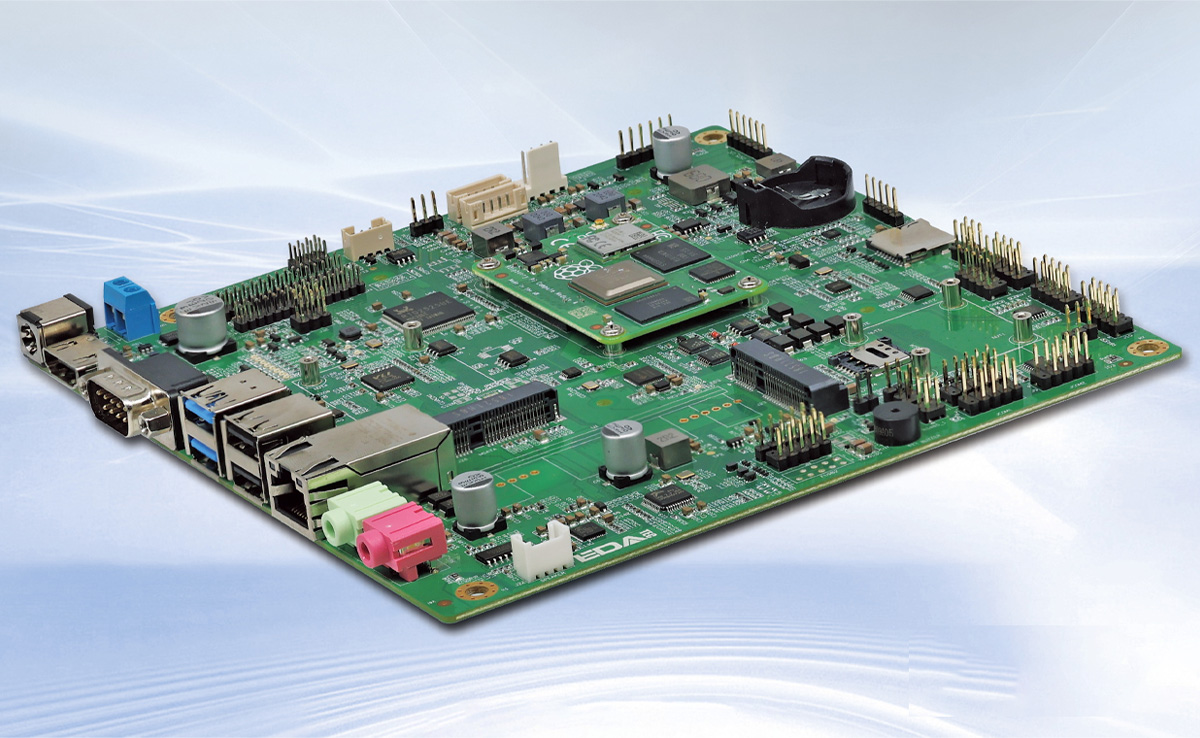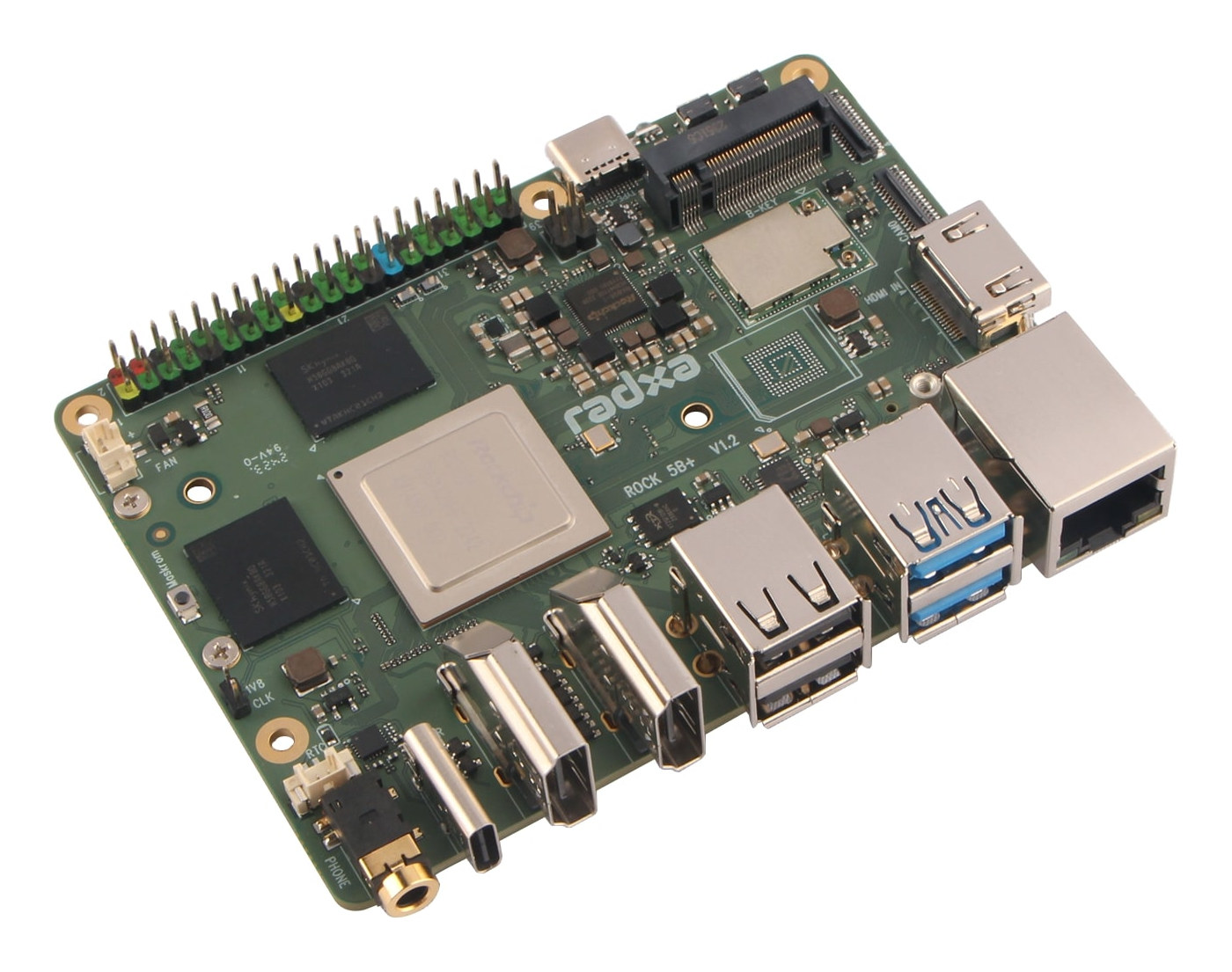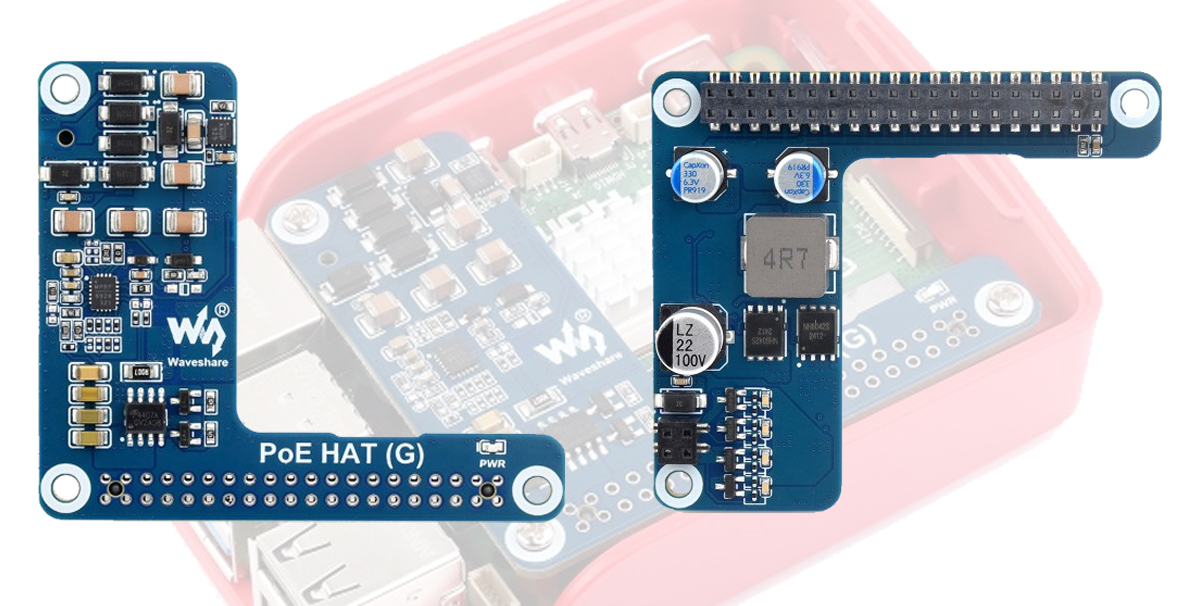Waveshare has recently launched the ESP32-S3-ETH development board with an Ethernet RJ45 jack, a camera interface, and compatibility with Raspberry Pi Pico HAT expansion boards. This board includes a microSD card interface and supports OV2640 and OV5640 camera modules. Additionally, it offers an optional Power over Ethernet (PoE) module, making it ideal for applications such as smart home projects, AI-enhanced computer vision, and image acquisition. Previously, we have written about LILYGO T-ETH-Lite, an ESP32-S3 board with Ethernet and optional PoE support. We have also written about LuckFox Pico Pro and Pico Max, Rockchip RV1106-powered development boards with 10/100M Ethernet and camera support. The ESP32-S3-ETH board is like a combination of those two, where you get an ESP32-S3 microcontroller, Ethernet (with optional PoE), and a camera interface. ESP32-S3 ETH development board specifications: Wireless module ESP32-S3R8 MCU – ESP32-S3 dual-core LX7 microprocessor @ up to 240 MHz with Vector extension for machine learning Memory – 8MB PSRAM Storage […]
OpenWrt One WiFi 6 router with Filogic 820 SoC launched for $89
The “OpenWrt One/AP-24.XY” is a Filogic 820-based WiFi 6 router board manufactured by Banana Pi whose software is directly managed by OpenWrt developers with assistance from MediaTek. The router was first announced in January 2024, and developer samples became available sometime in April with some early units auctioned away at the OpenWrt Summit which took place in Cyprus on May 18-19. The good news is that the OpenWrt One is now available to anyone on Aliexpress for $89 including a metal enclosure, a PoE module, three antennas, and a power supply. Here’s a reminder of the OpenWrt One router specifications: SoC – MediaTek MT7981B (Filogic 820) dual-core Cortex-A53 processor @ 1.3 GHz System Memory – 1GB DDR4 Storage 128 MB SPI NAND flash for U-boot and Linux 4 MB SPI NOR flash for write-protected (by default) recovery bootloader (reflashing can be enabled with a jumper) Two types of flash devices […]
Low-cost Raspberry Pi 5 HAT+ combines M.2 socket for NVMe SSD and PoE power input
With a cost of only about $25, Waveshare has recently introduced the PoE M.2 HAT+ for the Raspberry Pi 5, which is much cheaper than the similar N-Fuse PoE HAT that we’ve written about previously. As the name implies, this new Waveshare board supports Power over Ethernet (PoE) and features an M.2 slot to add NVMe SSD storage to the latest Raspberry Pi SBC. This new Waveshare HAT complies with the 802.3af/at standards and can deliver up to 25.5W of power to the Pi 5, enabling both power and network connectivity over a single Ethernet cable. Additionally, it features onboard 5V & 12V header outputs for powering additional devices like cooling fans, and there are also two LEDs for status. A fast storage device and the ability to power the device with ethernet makes this device suitable for applications such as network-attached storage, media centers, and edge computing applications. Waveshare […]
Vecow EVS-3000 AI computing systems combine 14th Gen Intel Core CPUs and MXM Graphics for Edge AI applications
Vecow has introduced the EVS-3000 series, a new line of AI computing systems powered by Intel Core i9/i7/i5/i3 (14th Gen) processors with embedded MXM graphics. These systems deliver high computing power, come with multiple PCIe slots for expansion, and support remote monitoring making them ideal for edge AI applications such as autonomous robotics, public security, and machine vision. The EVS-3000 series includes both fan and fanless models: EVS-3100, EVS-3200, EVS-3300, EVS-3400 without fans, and EVS-3100(F), EVS-3200(F), EVS-3300(F), EVS-3400(F) with fans. All systems are powered by Intel R680E chipsets and feature compact NVIDIA or AMD MXM graphics, with support for 2.5GbE LAN, Out-of-Band (OOB) management, and multiple PCIe Gen 4 slots. These systems deliver high performance for AI computing at the edge for applications such as machine vision and robotics. As you may know, we’ve previously covered several Vecow AI computing systems, including the TGS-1000 Series, SPC-9000 fanless embedded system, ECX-3200, […]
EDATEC ED-SBC2300 – A Raspberry Pi CM4-powered industrial Mini-ITX motherboard
The EDATEC ED-SBC2300 is an industrial mini-ITX motherboard built around the Raspberry Pi CM4. The motherboard offers various storage options including eMMC flash, microSD card, and mSATA SSD. It supports dual displays (HDMI + LVDS or HDMI + eDP with touchscreen), offers diverse connectivity with USB, GbE port, RS232, RS485, and GPIO, and boasts integrated security features like RTC, EEPROM, and crypto authentication. The board supports a wide 9V-36V DC power input and PoE is also an option through an add-on board. With its compact size, flexible I/O, and industrial-grade features, the ED-SBC2300 series suits applications like kiosks, digital signage, industrial automation, and IoT devices. Previously we have written about similar products from EDATEC including the RPI CM4-based industrial computer, the EDATEC ED-HMI2320-156C fanless panel PC, and the EDATEC ED-HMI2120-101C, also an industrial panel PC with an 10.1-inch capacitive touchscreen. Feel free to check those out if you are interested […]
LILYGO T-ETH-ELite ESP32-S3 Ethernet PoE board supports stackable LoRaWAN and Cellular expansion modules
LILYGO T-ETH-Elite is an ESP32-S3-powered IoT board with an Ethernet RJ45 port supporting PoE and a 40-pin GPIO header for stackable shields that offer support for LoRaWAN, 2G, NB-IoT, or/and 4G LTE cellular connectivity. The ESP32-S3 board allows users to build gateways with Ethernet, WiFi, Bluetooth, GNSS, LoRaWAN, and Cellular (2G, NB-IoT, 4G LTE) connectivity, and they can easily switch cellular modules to match specific requirements. LILYGO T-ETH-Elite specifications: Wireless module – Espressif ESP32-S3-WROOM-1 MCU – ESP32-S3R8 dual-core Tensilica LX7 up to 240 MHz with 512KB SRAM, up to 8MB PSRAM Storage – 16MB flash Connectivity – WiFi 4 and Bluetooth LE 5 PCB antenna Storage – MicroSD card slot Networking – 10/100Mbps Ethernet RJ45 port via W5500 SPI to Ethernet chip USB – USB Type-C port for power and programming Expansion – 40-pin (mostly) Raspberry Pi-compatible GPIO header for shields (up to 23x GPIO, USB 2.0, UART, 5V, 3.3V, […]
Upgraded Radxa ROCK 5B+ SBC gets LPDDR5 memory, eMMC flash, WiFi 6, two M.2 M-Key sockets, 4G LTE/5G support, and more
The Radxa ROCK 5B+ (“ROCK 5B Plus”) is an upgrade to the Rockchip RK3588-powered ROCK 5B Pico-ITX SBC with the same form factor but various changes including a switch from LPDDR4x to LPDDR5, optional built-in eMMC flash, and an onboard WiFi 6 and Bluetooth 5.2 module instead of one connected through an M.2 Key-E connector. Other changes include replacing the M.2 Key-M PCIe Gen 3 x4 socket with two M.2 Key-M PCIe Gen3 x2 sockets, adding a SIM card slot and M.2 Key-B socket for 4G LTE or 5G cellular connectivity, adding an extra USB-C port for power only (was multiplexed with USB-C Display Port connected in ROCK 5B), and the HDMI input relies on a full-size HDMI port instead of a micro HDMI port. Other small changes can be found in the specifications below with differences highlighted in bold and strikethrough. Radxa ROCK 5B+ specifications: SoC – Rockchip RK3588 […]
Waveshare PoE HAT (G) is a compact 25W PoE HAT+ for the Raspberry Pi 5
Waveshare PoE HAT (G) is a compact, easy-to-assemble “mini HAT” designed especially for the Raspberry Pi 5. The most unique thing about this PoE HAT+ is that Waveshare designed it so compact that it could fit in the stock Raspberry Pi case with the cooling fan attached. It supports the IEEE 802.3af/at network standard, delivering up to 5V/5A power output. Other features of the HAT+ include a 40-pin GPIO header, a non-isolated switched-mode power supply, and compatibility with 803.3af/at PoE routers or switches. This makes it ideal for remote monitoring, IoT applications, and networked devices. After the Raspberry Pi 5 was released in the last quarter of 2023, we saw Waveshare launch the PoE HAT (F), which also doubled as a cooling solution and followed the official Raspberry Pi PoE+ HAT introduced in 2021. Both modules are compatible with 802.3at (aka PoE+) and 802.3af standards and support up to 25.5 […]


